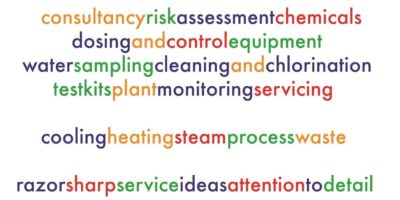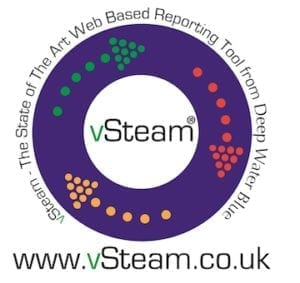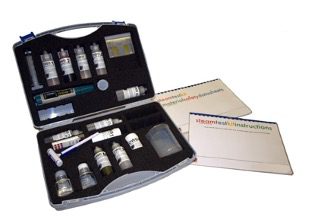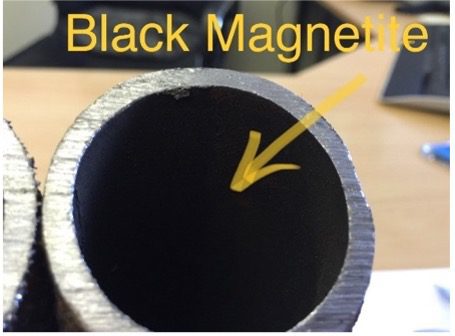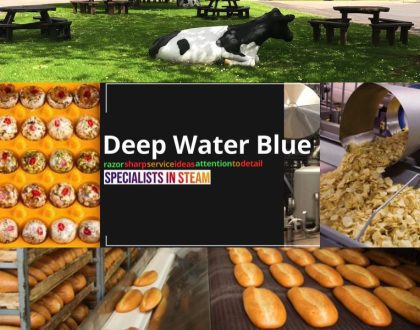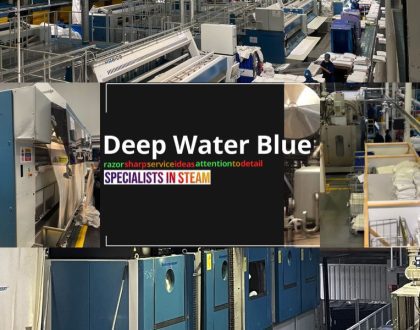Boiler Water Treatment in the Covid Landscape
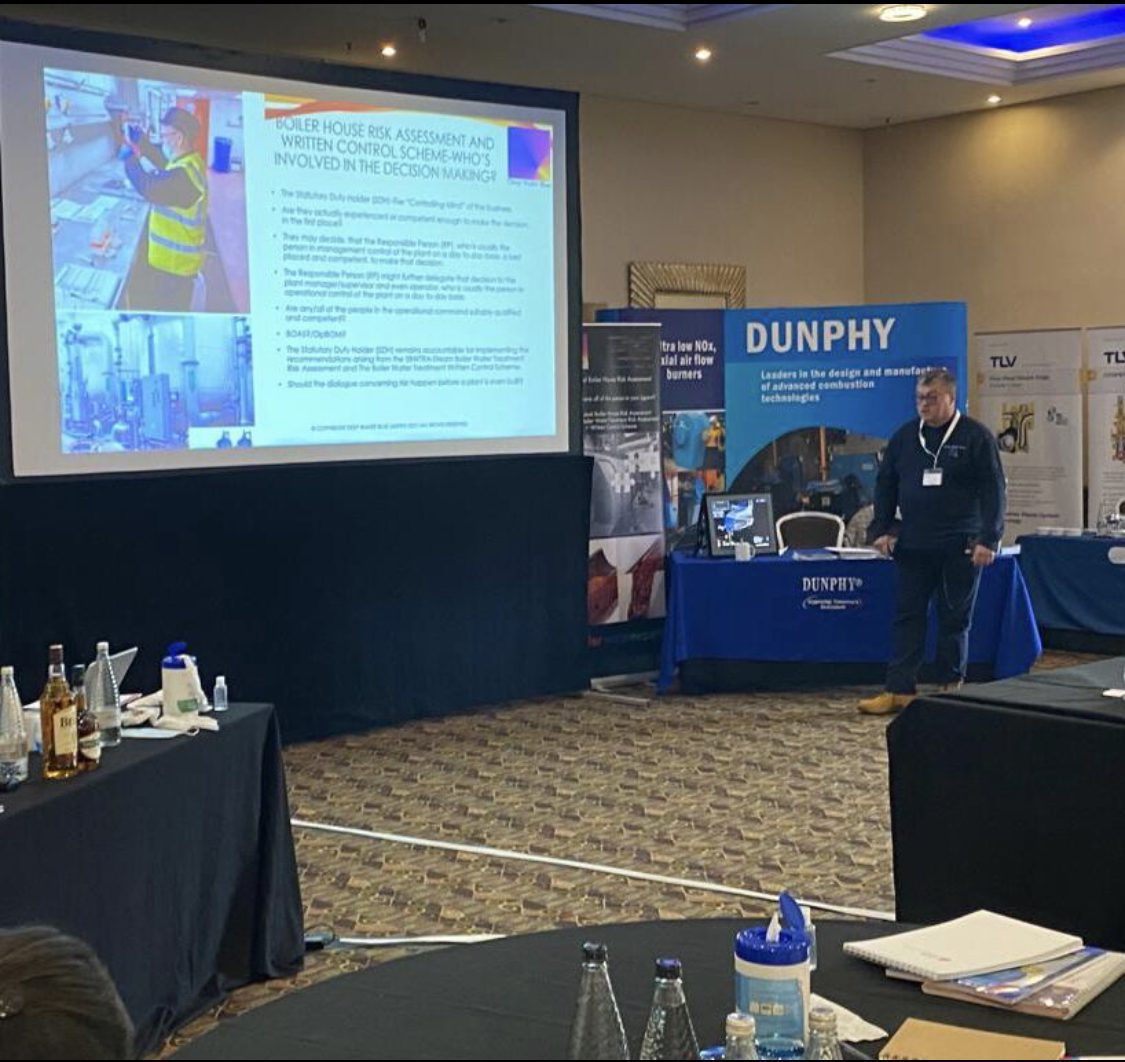
The global pandemic that started towards the end of 2019 has seen a global death toll in the millions and has touched the lives of nearly everyone on the planet. The monumental task of delivering effective vaccines has seen science step up and meet an almost impossible target and although this has been incredibly successful in the western world vaccine distribution on a global level has fallen woefully short. As the situation moves from pandemic to epidemic thoughts now move to finding way of living in a world where as well as our flu shots we also look at a covid jab to help control the virus. Variations in the efficiency of the current vaccines are constantly under review and the fatality of any new strain is an unknown until sufficient data has been compiled. The country is trying to remain positive however as the situation progresses the possibility of further lockdowns will not be far from many people’s minds.
The experiences gained during the pandemic have allowed us to review the modifications to working practices that have been implemented during this unprecedented time. The uncertainty of prolonged lockdowns pushed people out of their comfort zones, TEAMS and ZOOM platforms became a day-to-day norm that, once the novelty had worn off, showed us that there was an effective way of working that could be carried out remotely in many fields where this had previously not been thought to be possible.
Remote monitoring and communication became even more critical and tools such as our vSteam® system became invaluable in allowing us to support our customers. The vSteam® web portal is a unique, easy-to-use training system, interactive control panel and log-book state-of-the-art management tool, which provides total water treatment management for steam system compliance with HSE and industry standards, such as BG01, BG04 and the PSSR (Pressure Systems Safety Regulations – 2000) recommendations and guidance.
Training was another area which was found to be successful as an online offering and we were able to support customers with their training requirements with over 70 personnel successfully completing the CEA Steam Boiler Water Training during 2020/1 run by Deep Water Blue over several 2-day sessions. While we would never say that this is better than the on-site or face to face training sessions it is certainly an invaluable tool when circumstances do not allow for the more traditional training to be carried out.
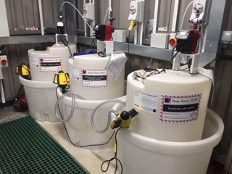 Ultimately as a company we have evolved to be able to support our customers in this ever-changing environment and part of this is by changing the way that we deliver our offerings to make them as accessible as possible, without losing track of our fundamental function as water boiler water treatment specialists.
Ultimately as a company we have evolved to be able to support our customers in this ever-changing environment and part of this is by changing the way that we deliver our offerings to make them as accessible as possible, without losing track of our fundamental function as water boiler water treatment specialists.
Our role is to be to help assist our customers in making the correct decisions for their plant. Throughout the andemic challenges have been evident, initially with the uncertainty as to how long a lockdown and the consequent business downturn would last, managing the correct lay-up procedure for the sites was critical in minimising the possibility of corrosion and so maintaining the ability to bring the systems into service when the site was able
Simply turning the unit off, whether it be a boiler or steam generator and then hoping, or even assuming, that it can just be turned back on when needed, is a recipe for disaster within the plant. Often in this scenario, a variation on boiler wet lay-up will have been used and advice should have been sought from documents such as BG04, from the CEA and ICOM, or perhaps even a water treatment provider, as to how to best protect the system during these uncertain times.
Using the correct method for laying up the boiler is crucial in order to ensure that corrosion is kept at bay. An incorrectly laid up boiler will cause significant difficulties with waterside corrosion and once corrosion sets up, it is very difficult to remove it. When restrictions are lifted and production comes back online, the delays that could then be caused due to the failure of any part of the boiler system, could have devastating consequences for the site’s output and ultimately the survival of the business.
The main options with regards to layup are either a dry lay-up or a wet lay-up and there are advantages and disadvantages to both. With a dry lay-up, you have a minimal amount of monitoring once the lay-up has been completed, however, it takes longer to bring the system back online which may not be suitable for all applications. We are seeing a significant number of our customers in this situation going down the path of wet lay-up. This, if carried out correctly, will preserve the system and allow for a relatively swift return to service as required.
There are already documented procedures in place for the waterside treatment of systems which are offline for varying lengths of time. Monitoring is still required as chemical treatment reserves will degrade as the period of lay-up continues and additional dosage will be required to ensure that treatment levels remain sufficient, in order to give the necessary system protection. It is also important to consider the condensate lines, as pools of cooled condensate will result in extremely aggressive conditions and any condensate lines should be fully drained and left dry during the system lay-up.
For the systems on your site, any chemical treatment should be kept at a minimum in dosing tanks to preserve freshness and any mix should be made specifically according to usage requirements. It is also important to maintain system alkalinity during prolonged shutdown periods to prevent any acid attack or breakdown of the magnetite protective layer.
Should the system be offline for greater than 1 month the correct lay-up will always be to dry store the boiler or steam generator and your boiler manufacturer will have specific guidance for this around the plant that you have on-site.
Once the decision is made to bring the systems back into service it is critical that this is carried out correctly. The boiler start-up procedure should follow the manufacturer’s guidelines along with any site-specific procedures which are in place.
Before firing up your steam raising plant you also need to carry out some basic checks on the feedwater system. Are the chemical pumps operational and free from any crystalised product in the dosage/suction line or pump head? Is the softener working correctly/have you manually regenerated each column? Is the immersion heater for the feed tank operational (if present) to allow for good hot well temperatures before the steam sparge and condensate return are functioning? Walk your plant and determine the points that need to be checked for your system to give you the best chance of a successful reinstatement of steam production, whilst protecting your plant. It is also likely that the chemical reserves will require boosting before the systems come online to give the required protection to the feed system and allow reserves to rise quickly within the boiler for optimum protection.
Now your systems are back online it is important to treat them correctly for the usage that they will have going forward. If you are back to normal operation and production, then maintaining your treatment reserves at your normal parameters will be sufficient. However, should you be coming back into service intermittently it will still be important to manage this correctly and guidance is in place to assist for both steam generators and boilers.
Following these recommendations should allow you to resume operation with minimal disruption to your services and maintain the integrity of your plant when circumstances allow.
If you need any help, please get in touch with us at Deep Water Blue Ltd.
-Specialists in Steam-
Tel-08704602980 or mail to [email protected]

